Modern Data Foundations. Intelligent AI Solutions. Real Business Impact.
We deliver full-stack capabilities data engineering, governance, AI development, and operationalisation through MLOps, LLMOps, and DataOps ensuring your investments are scalable, compliant, and future-proof.
Powered by our proprietary accelerators and cloud-native architectures, our approach ensures faster time-to-value, actionable insights, and competitive advantage.
Our Data & AI services help enterprises build resilient, AI-ready data ecosystems and intelligent solutions that accelerate business growth and innovation.
From shaping enterprise-wide Data & AI strategies to deploying modern data platforms, advanced analytics, custom AI/ML and GenAI solutions, we bring deep engineering expertise and industry context to every engagement.
.png)
.webp)
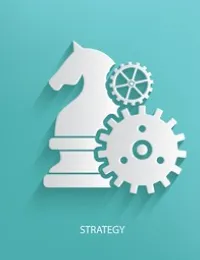
.webp)
.webp)
.webp)
.webp)
.webp)
.webp)
.webp)
.webp)

.webp)
- Enterprise data platforms and pipelines
- Model governance and MLOps/AIOps
- Architectures that are fast, flexible, and future-ready, unlocking enterprise data value at speed
.webp)
.webp)
- Organisational maturity
- Business priorities
- Risk appetite
This phased planning approach ensures sustainable transformation and measurable value.
.webp)
- Architecture review boards
- Compliance and exception handling processes
This ensures architectural integrity and alignment with enterprise policies
.webp)
.webp)
We also define standards and best practices for repository governance. Alternatively, all of the above can be delivered through our Enterprise Architecture-as-a-Service (EAaaS) model.
.webp)
.webp)
.webp)
.webp)
.webp)

.webp)
.webp)
.webp)
.webp)
.webp)
.webp)
.webp)
.webp)
.webp)
.webp)
.webp)
.webp)
.webp)

.webp)
.webp)
.webp)
.webp)
.webp)
.webp)
Our Strategy Methodology
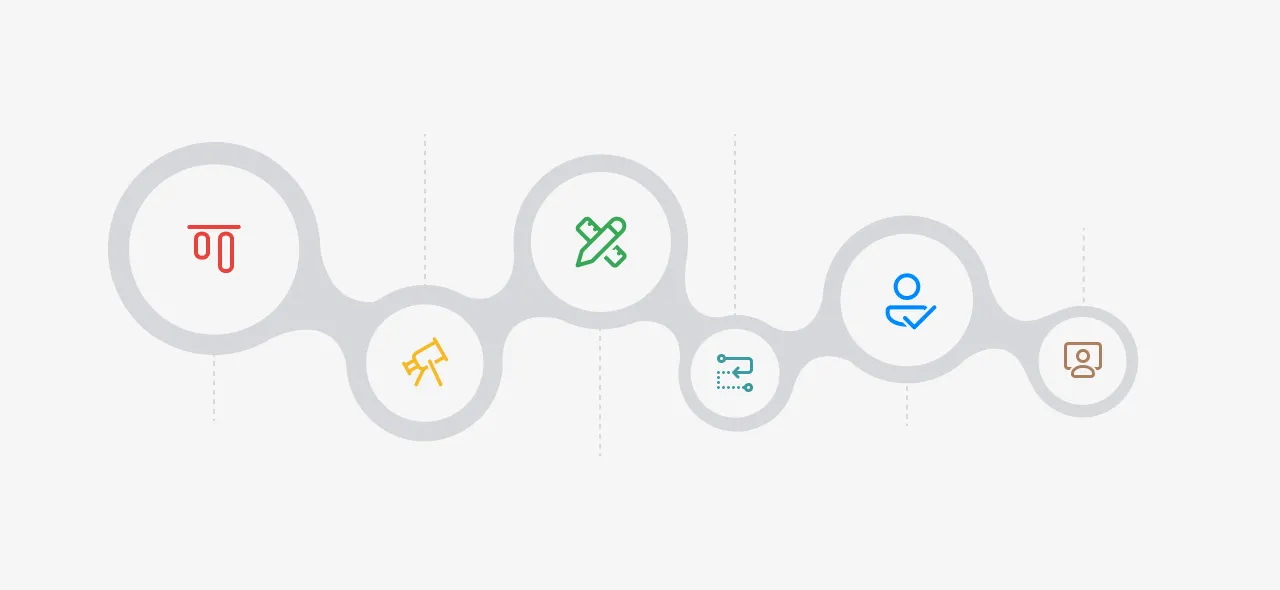

Artefacts: Charter, stakeholder map, engagement plan
.webp)
Artefacts: SWOT/PESTLE, maturity assessments, value chain
.webp)
Artifacts: Strategy blueprint, capability maps, strategic themes
.webp)
Artifacts: Roadmap, investment cases, prioritisation matrix.
.webp)
Artifacts: TOM, governance model, change plans, KPIs
.webp)
Artifacts: Benefits tracker, performance dashboard
Our Enterprise Architecture Methodology






.svg)


(Principles & Objectives)
(Capability Mapping)
(Capability Models & Roadmap)
(Solution & Tech Stack)
(Tech Specs & Configs)

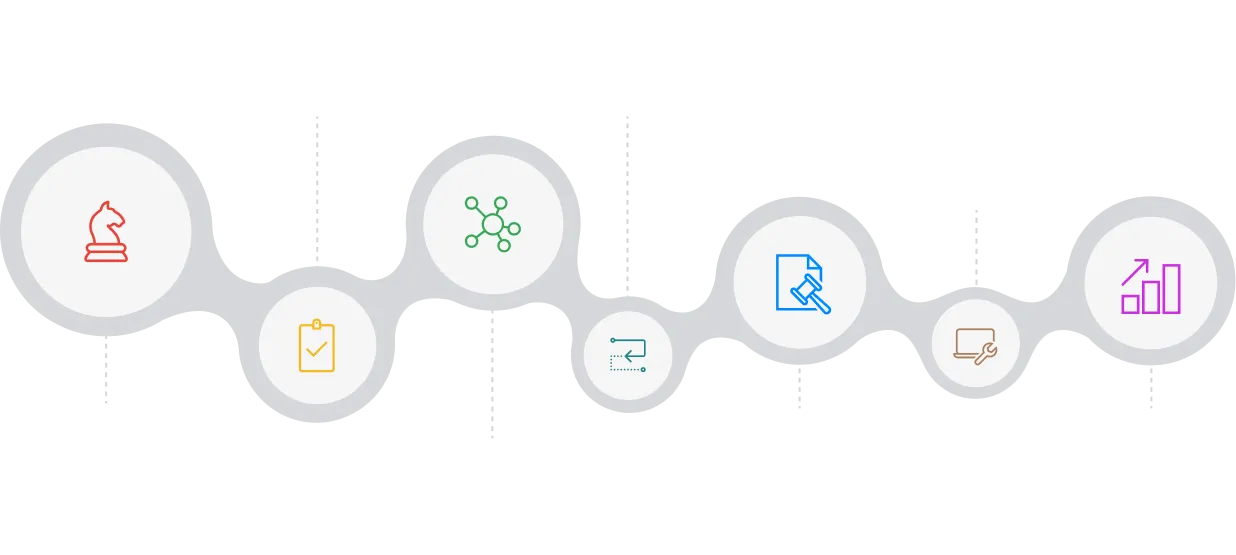
.webp)
Artefacts: EA charter, scope, alignment plan
.webp)
Artefacts: Capability maps, landscape diagrams, risk register
.webp)
Artifacts: Target models, reference patterns, capability plans
.webp)
Artifacts: EA roadmap, dependency map, transition states
.webp)
Artifacts: Governance model, design authority framework
.webp)
Artifacts: Solution design reviews, traceability models
.webp)
Artifacts: Benefits tracker, refreshed EA model
AI Services Lifecycle
ArchiTechs’ typical AI lifecycle incorporates the following distinct phases:







.webp)



.webp)









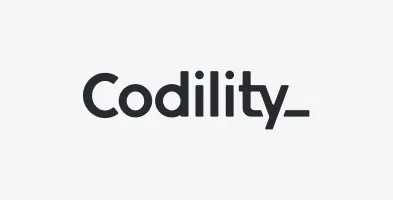


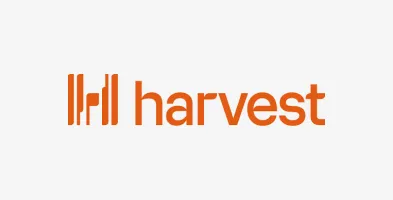

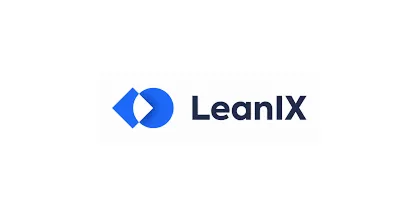
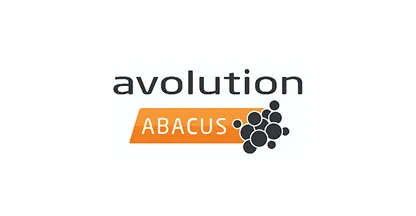

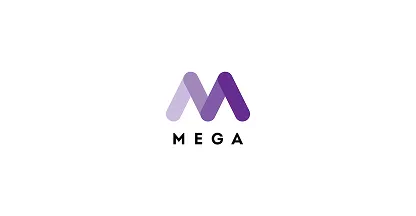

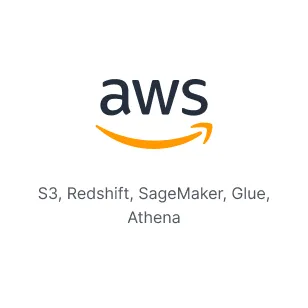
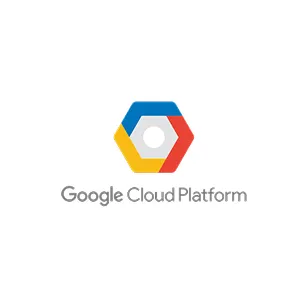
.webp)
.webp)
.webp)
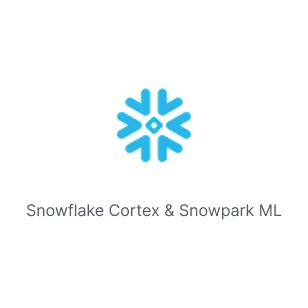



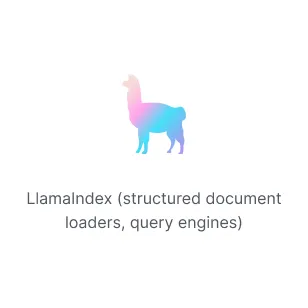
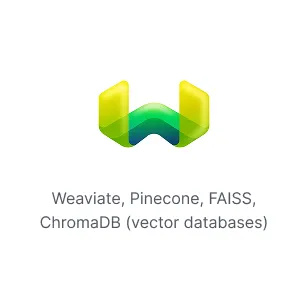

.webp)
.webp)
.webp)
.webp)

.webp)
.webp)
.webp)
.webp)

.webp)
.webp)
.webp)
.webp)
.webp)
.webp)
.webp)
.webp)
.webp)
.webp)